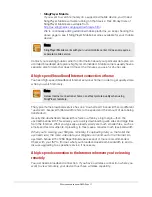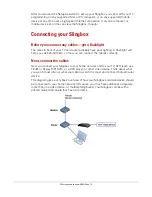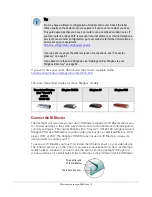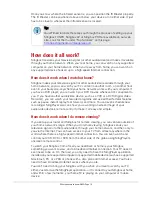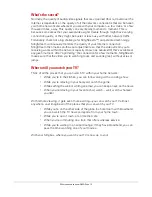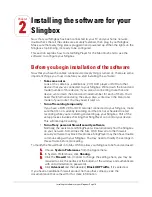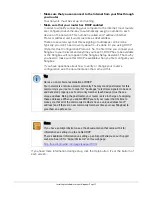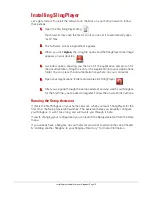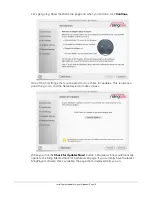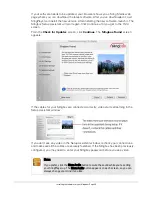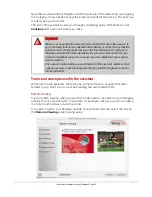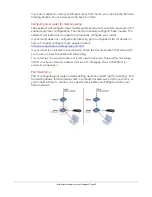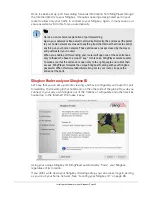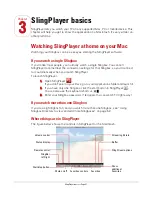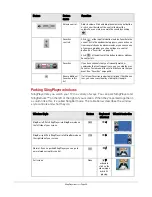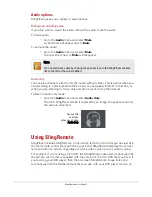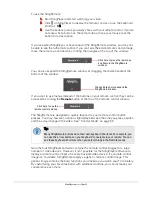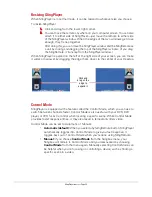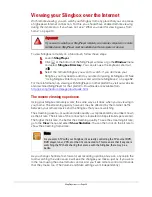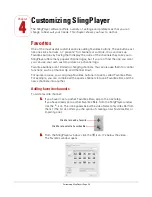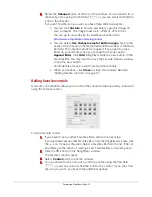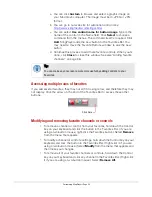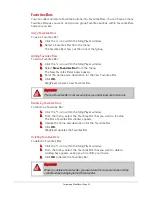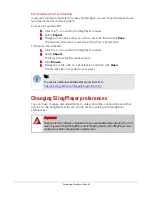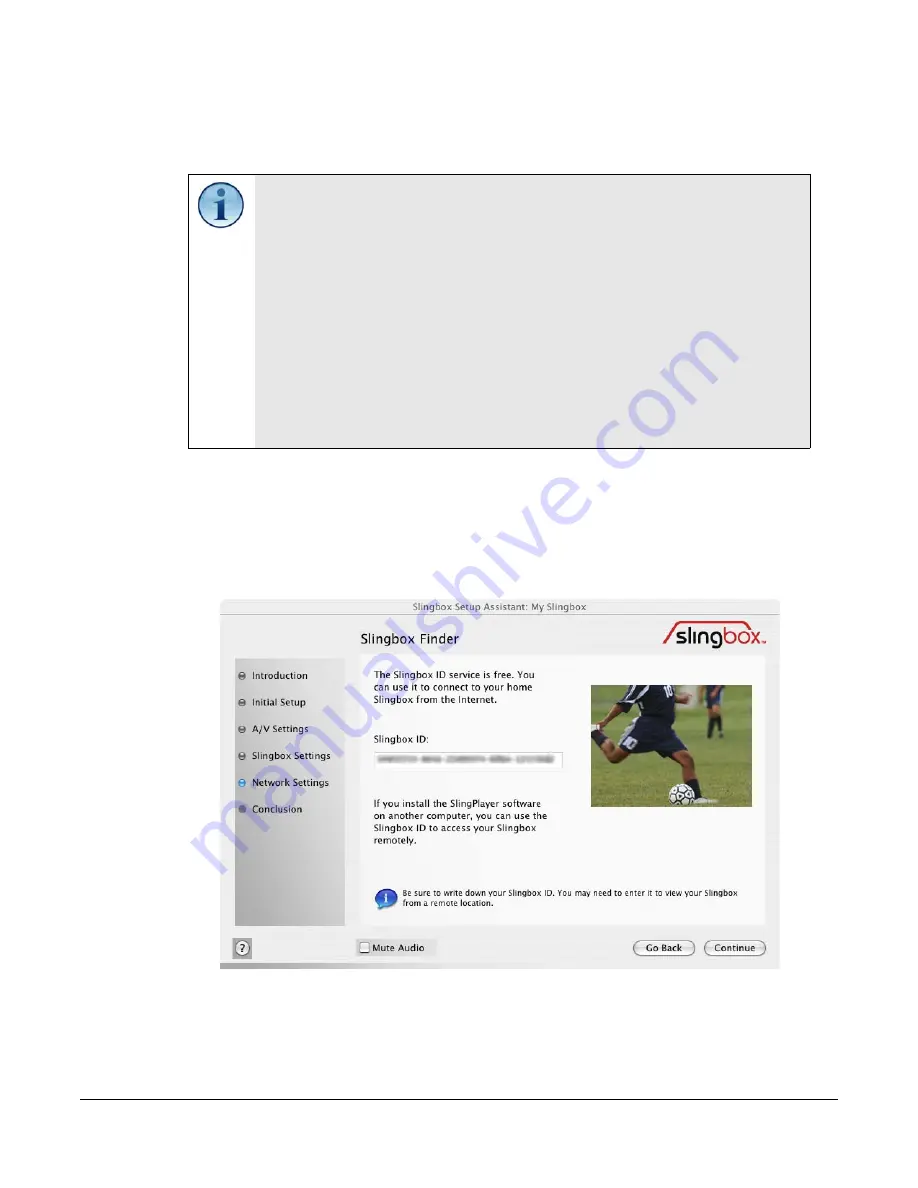
Installing the software for your Slingbox • Page 25
Once it’s been set up, port forwarding forwards information from SlingPlayer through
the Internet directly to your Slingbox. It requires opening a designated port in your
router to allow only your traffic to connect to your Slingbox. Again, in many cases, our
setup assistant will do this for you automatically.
Slingbox Finder and your Slingbox ID
Let’s say that you’ve set up remote viewing, and have configured your router for port
forwarding. You’re sitting in that hotel room on the other side of the globe. How do you
connect to your very own Slingbox out of the millions of computers and other devices
hooked up to the Internet? We make it easy.
Using your unique Slingbox ID, SlingPlayer automatically “finds” your Slingbox
regardless of its location.
If you didn’t write down your Slingbox ID during setup, you can access it again, as long
as you’re on your home network. See “Locating your Slingbox ID” on page 26.
Tip:
Here’s a non-technical explanation of port forwarding
Again, your network is like a small community. Normally, the entrances (the ports)
to your home network are closed to anything from the Internet that tries to control
anything on your home network. These entrances are kept closed by the mayor
and postmaster (your router).
When you enable port forwarding, your router will open one of these entrances
only to those who have the proper “key.” In this case, SlingPlayer wants to enter.
To make sure that the entrance is open only to the right people and to limit their
access, SlingPlayer forwards the unique Slingbox ID, along with your Slingbox
password. When this forwarded information gets to your router, it opens the
entrance (the port).

